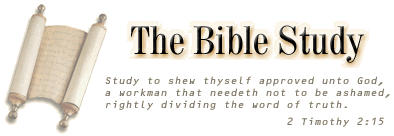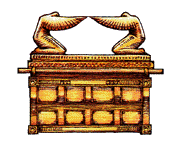Jewish Practices in the Ethiopian Church
In that January of 1990
Hancock attended the Timkat ceremony in another ancient
Ethiopian city, Gondar. He describes the ceremony as
having significant Biblical elements: priests playing primitive
musical instruments, the people crying ellel (cp. the Hebrew
haliel, 'praise'), the priests dandng as did David, the bringing
of an ark out of the third, or holiest, compartment of
the church, separated from the rest of the church by a
veil behind which only priests could go.
Again he quotes Ullendorf, whose words we too quote:
"It is clear that
these and other traditions, in particular that of the Ark
of the Covenant at Axum, must have been an integral part
of the Abyssinian national heritage long before the
introduction of Christianity in the fourth century; for
it would be inconceivable that a people recently
converted from paganism to Christianity (not by a
Christian Jew but by the Syrian missionary Frumentius)
should thereafter have begun to boast of Jewish descent
and to insist on Israelite connections, customs and
institutions".6
Each Ethiopian church
carries out the same ceremonies with a replica of the ark
on Timkat, and this convinced Hancock that the original
ark was somewhere in Ethiopia. His conclusion, after consulting
various authorities, was that it was at Axum, as described
earlier in the article.
This conclusion, that the
practices of Judaism in their original Old Testament form
are preserved in Ethiopia, is a very interesting one. It
must be remembered that modern Judaism originates with rabbis
after the destruction of the temple in A.D. 70. The
removal of their central place of worship, and banishment
from Judea (though not initially from Galilee), led to
considerable changes in the practices of worship by way
of adaptation to the new situation. Does this mean,
however, that the ark of the covenant was actually taken
to Ethiopia? This is the question we must now consider.
Next section: Jews in Egypt

